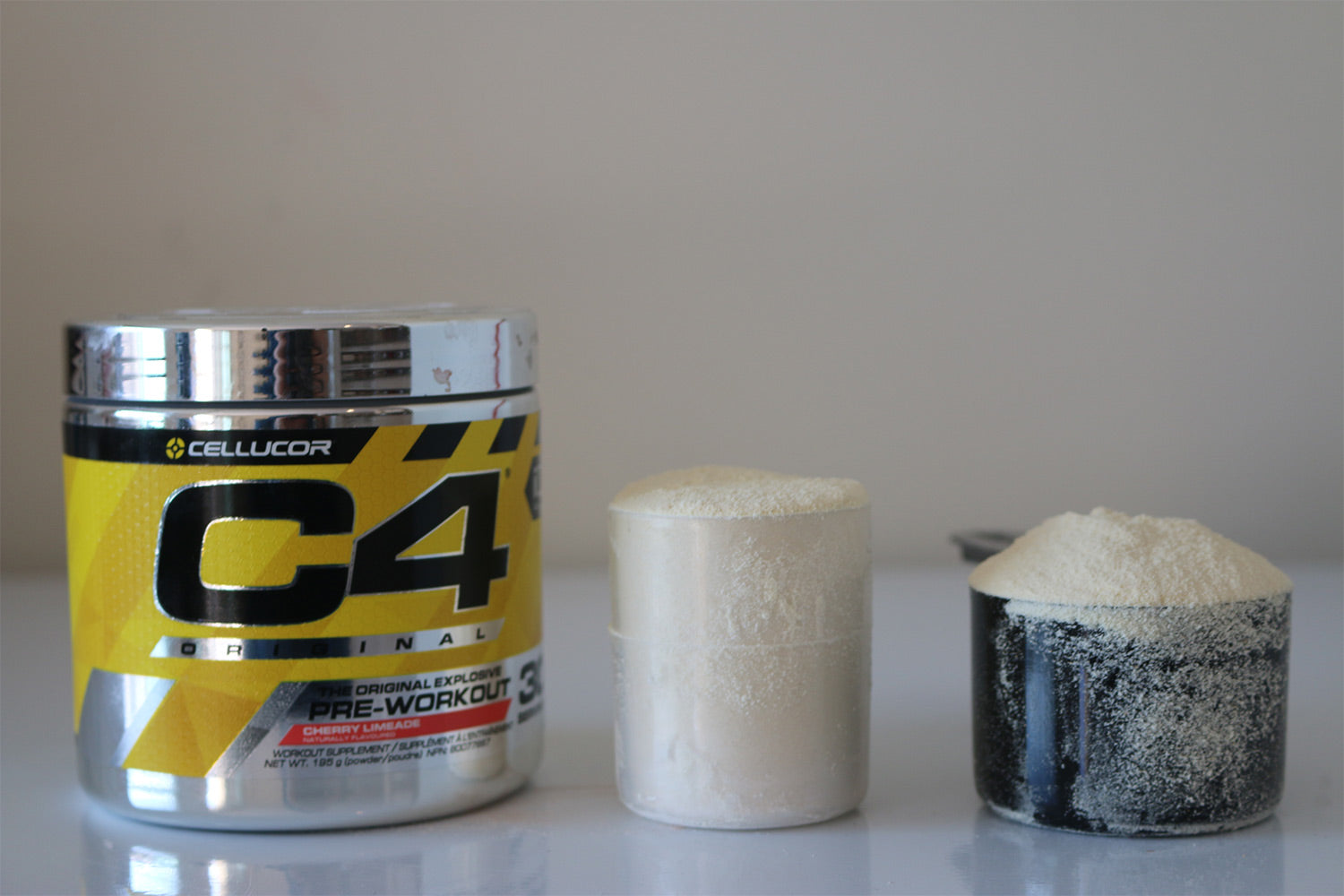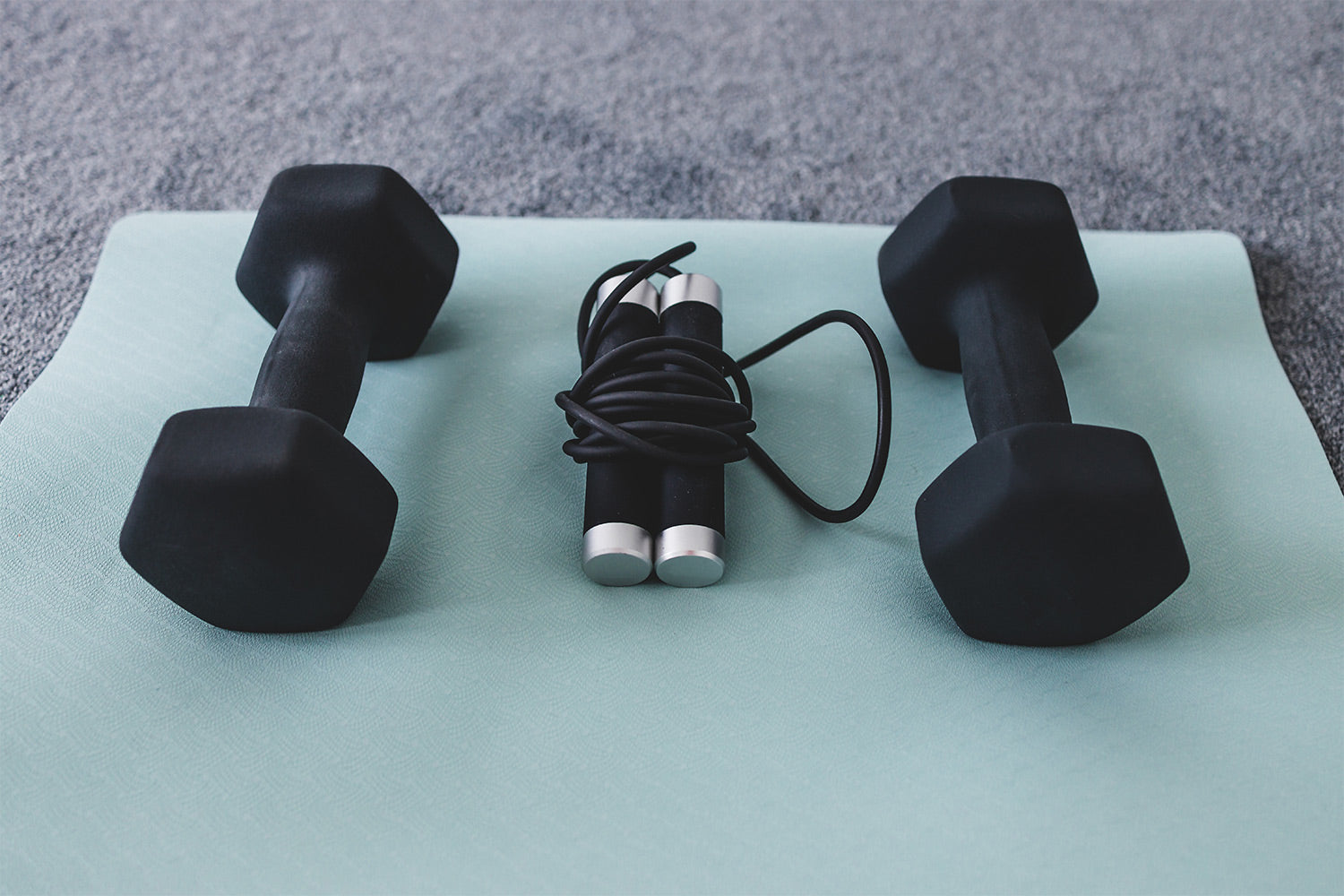Regular exercise is vital to maintaining your overall health. Whether your goal is to lose weight, put on muscle, or just lead a healthy lifestyle, it is vital to stay active. However, striking a symbiotic relationship between exercise and recovery can be a bit of a tightrope walk. While not working out enough can contribute to an unhealthy lifestyle, working out too much can lead to injury.
So, how much should you be working out? Keep reading to find out what you need based on your goals.
Maintaining Your Overall Health
The Department of Health and Human Services (DHHS) recommends getting around 150 minutes of moderate-intensity cardio exercise or 75 minutes of vigorous-intensity cardio exercise per week. This is a good figure to aim for if your goal is to maintain your weight and overall health.
To achieve this, you can embark on five 30-minute walks each week. This will raise your heart rate and keep your muscles active enough. That being said, this is likely not enough activity if you have other fitness goals in mind, such as losing weight or putting on muscle.
The Difference Between Moderate and Vigorous Cardio
A good way to measure the intensity of your workout is through the “breath test.” If you can hold a conversation while conducting an activity, it is considered moderate exercise.
Meanwhile, if you’re breathing too hard to talk, then that is vigorous exercise. This varies based on your physical fitness. While a competitive runner may find jogging to be moderate exercise, others might find it vigorous.
Due to the intensity of vigorous exercise, it burns calories much more efficiently than moderate exercise. That being said, an adequate amount of moderate exercise is perfectly sufficient for most adults.
How Much Do You Have to Workout to Lose a Pound?
As a general rule of thumb, you need to burn 3,500 calories to lose one pound of body fat. That equates to nearly 12 hours of walking or six hours of running. Keep in mind, though, that this does not account for meals. To put it simply, you need to burn 3,500 more calories than you eat to lose a pound.
The most efficient way to do this is to put yourself in a calorie deficit, meaning that you consume roughly 500 fewer calories than you need to maintain your weight. For example, if you need 2,300 calories to maintain your weight and eat 1,800, you will lose one pound of body fat each week so long as you continue to burn 2,300 calories per day.
So how much do you need to work out to do this? Unfortunately, you’d need to walk a lot. Many exercises will help you lose weight more efficiently.
Best Exercise For Burning Calories
Per hour, here are some of the most calorie-burning activities out there (based on a 155-pound individual):
- Running - 808 calories
- Water polo - 703 calories
- Bicycling - 596 calories
- Calisthenics - 596 calories
- Circuit training - 596 calories
- Jump rope - 562 calories
- Stationary bicycling - 520 calories
- Rowing machine - 520 calories
- Aerobic dance - 492 calories
- Swimming (casual) - 492 calories
- Jogging - 492 calories
- Hiking - 421 calories
If your goal is to burn 500 calories more than you eat, running can certainly help you get there. Keep in mind, everything we do burns calories, from exercising to sleeping. The average person burns roughly 1,800 calories per day doing absolutely nothing. So, if your goal is to burn 2,200 calories per day, running for 30 minutes each day is a good start.
However, an even better exercise than running is rowing. While rowing does not burn as many calories as running, it provides something that few other exercises can––resistance training. Rowing works 85 percent of the body’s musculature, building lean muscle throughout the body.
When you have more lean muscle in your body, you burn significantly more calories at rest due to increased metabolism. Therefore, rowing can actually help you burn more calories even when you’re not rowing. This is why rowing is often touted as the perfect workout, and EnergyFit has created the perfect machine for it.
The Ski-Row Air or the Ski-Row Air + PWR machines by EnergyFit provide a rowing machine’s cardio and resistance training, but with even more versatility.
Don’t Forget Recovery
One of the most important yet overlooked aspects of training is recovery. Without incorporating recovery days into your fitness routine, you are putting yourself at risk of overuse injuries.
Recovery is especially important for weight trainers, as it is when you’re recovering, muscles grow bigger and stronger. If you neglect recovery, your ability to gain muscle can be delayed, stunted, or even nonexistent.
While everyone’s body responds to stress differently, it is generally recommended that you incorporate one to two recovery days between your training sessions. This will allow your muscles to grow to their full potential and prevent overtraining-associated injuries, such as stress fractures.
The Bottom Line
At the very minimum, you should be aiming for 150 minutes of moderate activity or 75 minutes of vigorous activity each week. While this will help you maintain or achieve a baseline level of health, more exercise is needed to lose weight, build muscle, or achieve other athletically-ambitious goals.
If your goal is to lose weight, doing vigorous exercise like running or rowing for 30 minutes a day is a good place to start. The name of the game is in a calorie deficit, so make sure you are burning around 500 calories more than you are eating.
As for building muscle, it is recommended that you incorporate one to two recovery days between strength training sessions. This means working out two to four days a week is a good middle ground.
If you’re a more serious lifter, though, you may find benefit in a split routine. This separates your muscle groups across different days, allowing you to focus more intensely on specific muscle groups while simultaneously resting the other ones.
No matter what your goal is, though, EnergyFit is here to help. Find out how EnergyFit can help you achieve your fitness goals.
Sources:
A meta-analysis to determine the dose response for strength development | NCBI
Controversies in Metabolism | UNM
Which Muscles You Work With a Rowing Machine | Men’s Health
32 fun ways to burn calories | MayoClinic
What Is a Good Amount of Calories Burned in a Workout? | Livestrong





Leave a comment
All comments are moderated before being published.
This site is protected by hCaptcha and the hCaptcha Privacy Policy and Terms of Service apply.